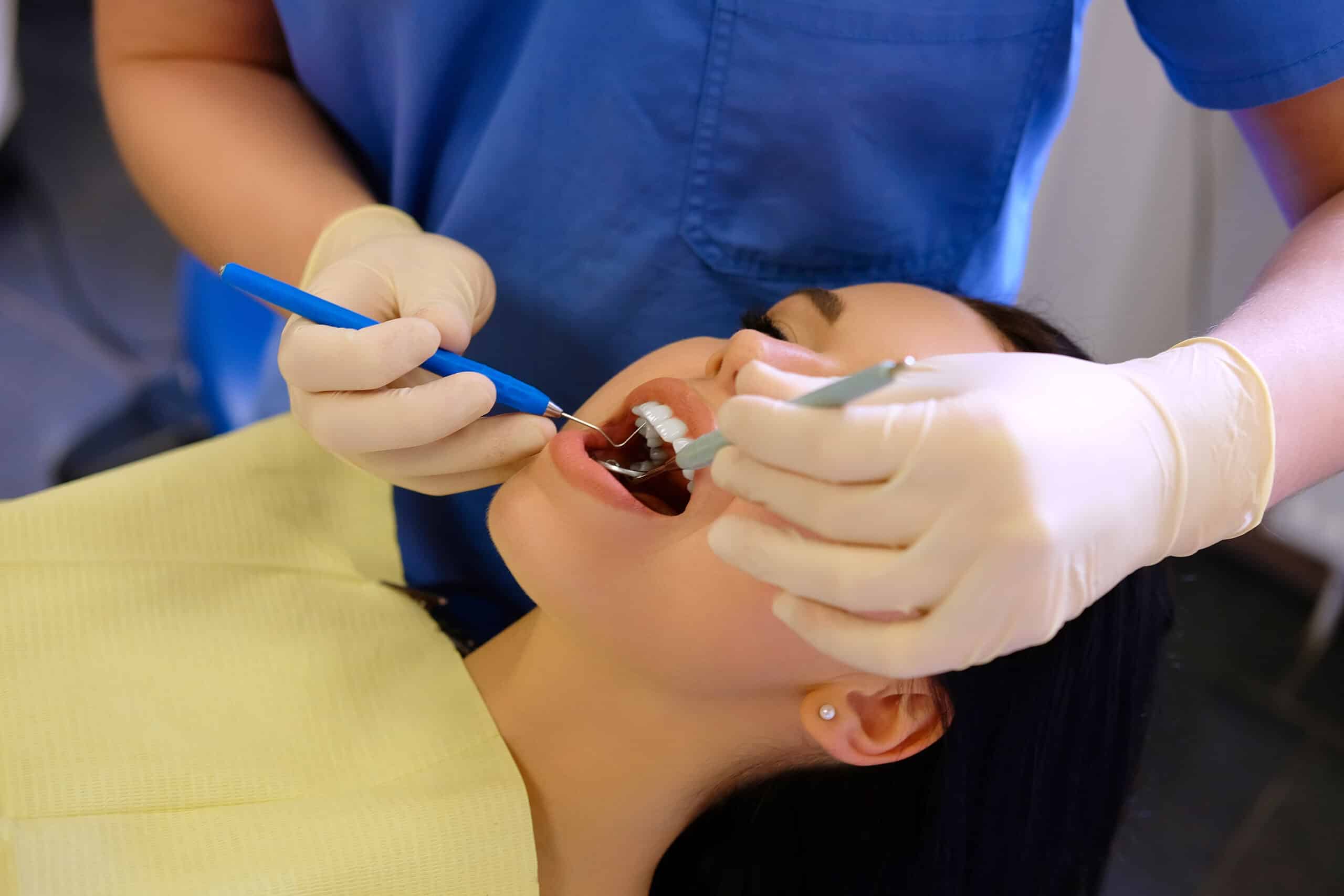Gum grafting involves taking gum tissue from one area of the mouth and using it to cover exposed tooth roots or to thicken the gum tissue around the teeth. This procedure is commonly used to treat gum recession, a condition where the gum tissue pulls away from the tooth and exposes the root, which can lead to sensitivity, decay, and even tooth loss.
There are several types of gum grafting procedures, including connective tissue grafts, free gingival grafts, and pedicle grafts. The type of graft used depends on the patient’s individual needs and the severity of the gum recession.
During a gum grafting procedure, the dentist will numb the area with local anesthesia and make a small incision in the gum tissue to access the root of the tooth. They will then take a piece of tissue from the donor site and carefully attach it to the area being treated. The tissue is typically held in place with stitches or a special adhesive.
After the procedure, patients may experience some discomfort and swelling, but this can usually be managed with over-the-counter pain medication and ice packs. It is important to follow the dentist’s instructions for post-operative care, which may include avoiding certain foods and practicing good oral hygiene.
Gum grafting can have several benefits for patients with gum recession, including reduced sensitivity, improved appearance, and protection against further damage to the tooth and surrounding tissue. If you are experiencing gum recession or other gum-related issues, talk to your dentist about whether gum grafting may be right for you.

